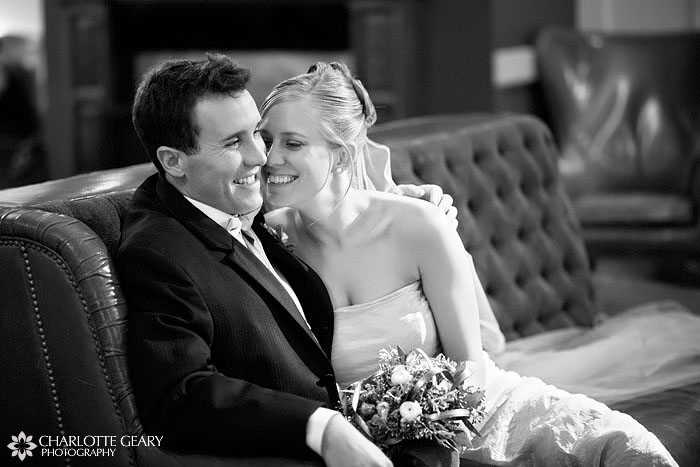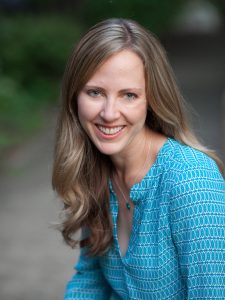Last month I asked people to send me questions that they’d like me to answer, and I didn’t get a chance to answer all of them during the holidays. Sorry, guys! You can find my answers to questions about photography equipment HERE. Today I’ll answer questions about post-production.
Foob asks:
Do you have any tips for post processing & what do you do to archive your images? (Mine are all over the place & I shoot no where near as frequently as you do.)
My best tip is to get it right in the camera as often as possible, and reduce the need for post-processing. If you shoot with good light and correct exposures, you won’t need to do much to the files. To help keep my photos consistent, I shoot in raw format and batch process photos in Lightroom 2.0. Raw processing enables me to correct white balance accurately and consistently, and if I do make technical errors in exposure, raw files are much easier to correct than jpegs.
My archive system is a series of hard drives. My hard drives run in parallel, so whenever I copy files to a drive, they are automatically updated in a mirror drive. I also store all my clients’ photos online at smugmug.com, which has unlimited uploads for only $150 per year. I keep a final version of everything on DVDs, just in case.
The file structure in my hard drives is based on date. I keep separate folders for each year, and within each year folder, I keep client folders that are also based on date. Here’s my naming structure for client folders:
2009-01-20 Jane and John Smith
2009-02-14 Betty and Barney Rubble
2009-02-25 Lois and Peter Griffin
With this naming structure, files are automatically sorted chronologically, and I can always find what I need. I also use this structure for my personal photos.
Lolareina asks:
1. Do you outsource your edits, or do you personally edit your shoots?
2. How do you decide when to keep a photo full-color versus in black and white?
1. I personally edit my own photos, but this year I plan to start outsourcing my raw processing during my busy summer season. Editing takes up so much time! I haven’t yet decided which company I will use. I’d love any recommendations!
2. I tend to prefer color photographs most of the time, because I see the world in color and I photograph my own view of the world. The photos I present in black and white are often ones in which the color detracts from my intended message. Emotional photos are often more powerful in black and white. Moments that occur in cluttered spaces have more clarity and impact in black and white. Usually, though, I just look at a photo and know instinctively whether I want to convert it to b/w. I wish I had more of a process to describe, but I just know it when I see it.
Isabella from Armenia asks:
Do you edit your photos yourself? If you do, what software do you use, and how much time on average do you spend on the editing process?
I do usually edit the photos myself. It takes me about 3-4 days to edit a wedding shoot, which I do in three steps:
1. Download files and choose the keepers. I use PhotoMechanic for this step. It loads files very quickly and is the fastest way I’ve found to sort through tons of enormous raw files. At this stage, I also sort the photos chronologically and rename them. I use the naming structure YYYYMMDD_# (e.g. 20091225_001)
2. Process the raw files in Adobe Lightroom. Lightroom enables me to batch process a series of photos to keep colors and exposures consistent. I also go through each photo individually to make any necessary adjustments in exposure, contrast, color, and cropping. I use Lightroom to convert the edited raw files to jpegs.
3. Choose photos for my blog and/or portfolio, and edit their jpegs in Adobe Photoshop. I typically choose about 50 photos from each wedding to put on my blog, and each of those photos is adjusted in Photoshop before I post them. I will remove blemishes, clone out distracting elements in the background, and run actions that add a little more “pop” to each photo. Then I prepare web-sized files and blog them. Meanwwhile, I upload all the complete set of high-resolution files to a web gallery for my clients and their guests. I back up my files in multiple locations, and start getting ready for the next fabulous wedding.
Kwanalicious says
Hi, I’ve been watching your work for quite some time and I really admire all the beautiful things you’ve been able to capture. I was wondering what kind of post-processing (if any) you do, and if so, what programs do you use? And what’s your general method for post-processing (do you edit colors first, sharpen last, etc.)? Thanks!
I really do minimal post-processing, at least compared to many other photographers. I prefer a natural look to my photos, without too much influence by Photoshop. I try to avoid processing trends, because I worry that trends will look very outdated in just a few years. Instead, I focus on clean, well-lit photos with just enough contrast and vibrance to give them a little pop.
I do use Photoshop actions to enhance some of my photos, but I try not to make them look like they have had actions applied to them. My favorite actions are by Jeff Ascough and Totally Rad Actions. I use them in moderation, and to be honest, I only use a few of the actions that are available in each of those sets.
My general method for post-processing is outlined above. When I’m working with my raw files in Lightroom, I typically edit color balance first. I find that shifts in color can lead to shifts in exposure, so I adjust exposure second. Then I take care of any other edits that I might need to do, such as adding contrast or vibrance. I export the raw files as jpegs, which I then adjust in Photoshop if necessary. I don’t sharpen the photo proofs at all, but I do sharpen files for the web or for custom print orders. I like to know exactly what size a photo will be viewed before I sharpen it.
I hope this is helpful! If you have any questions that you’d like me to answer over the next few weeks, please comment here or email me at charlotte@charlottegeary.com. I’ll be happy to help if I can!




Really good to read the tips and advice you give to other photographers. I am something of an amateur but am trying to improve well enough to start up a business.
Hi Charlotte, great photos you have here and thanks for the tips. I’ve been actually using free online editors for some of my shots to cut down on costs and many can’t afford photoshop. There are a few good ones out there, but sumopaint.com is one I have used and like.
Hi Janet,
I’m glad I could help! I don’t outsource any of my post-production at this point, but if I did start outsourcing, it would only be for the raw processing. I wouldn’t want anyone else to cull through my images — people who weren’t there at the moment won’t have a way to know which images are particularly meaningful. I prefer to make that call.
Charlotte
The above “a few hundred a wedding” refers to dollars, not how many images I shoot. I WISH that was all I shot!
Hi Charlotte,
Thank you for “being there”. I’m curious if you have started outsourcing editing (not altering, but separating the good images from the bad). I’m considering both Colorati and ShotDotEdit, but have just realized that they only decipher keepers from trash. This is certainly helpful, but for a few hundred a wedding I was hoping for a bit more. For instance, 150 album images (that I would then edit down further, as with the following), The 20 best for blogging, Magazine submissions heavy on detail shots, and “candids”, and of course simply the keepers as they currently provide. How’s it going with your chosen service? Know anyone who edits in segments such as above?
thanks for this! It really helps to hear from other photographers and see what they would do in a given situation/how they operate. I really like what you said about “getting into the camera” as much as possible. I feel like so many people today just rely on postprocessing to make their photos look good and dont take enough time using their camera settings to get the best photograph possible in the first place. Thats where I feel the most artistic part of being a photographer lies.
Thanks for sharing your workflow, Charlotte. It’s always interesting to see what other photographers are doing.
always cool to have people sharing information about their workflow. thanks.
one of the first things that attracted me to your photos was the fact that you DIDN’T use obvious actions/layers. There’s SO MANY photos out there that, while pretty, are so over-actioned that its boardering on ridiculous. While its fine for an art, or experimentation, I cant imagine the person who’d like something like selective color on their wedding photos 30 years from now! Same goes with the scratchy/grungy layers.
Thanks for the ‘behind the scenes’ look into what you do
i agree. This post has been very useful especially with the question and answer thing. I love it! Sharing one’s knowledge is a power and you are one powerful individual. More power to you..
Thanks for answering my question. I really appreciate you sharing all of your knowledge with us!
I really appreciate you sharing all of your knowledge with us!
Thanks, Charlotte!
I love your method for determining BW versus color. My rule of thumb has always been, “Lots of contrast in the picture = it’ll look good in BW”, but what you said really makes sense!
Thanks for sharing your knowledge! I can’t wait to meet you the day I start planning my wedding.
Thanks, Charlotte!
very helpful!
thanks!
I love your method for determining BW versus color. My rule of thumb has always been, “Lots of contrast in the picture = it’ll look good in BW”, but what you said really makes sense!
Thanks for sharing your knowledge! I can’t wait to meet you the day I start planning my wedding.
very helpful!
thanks!